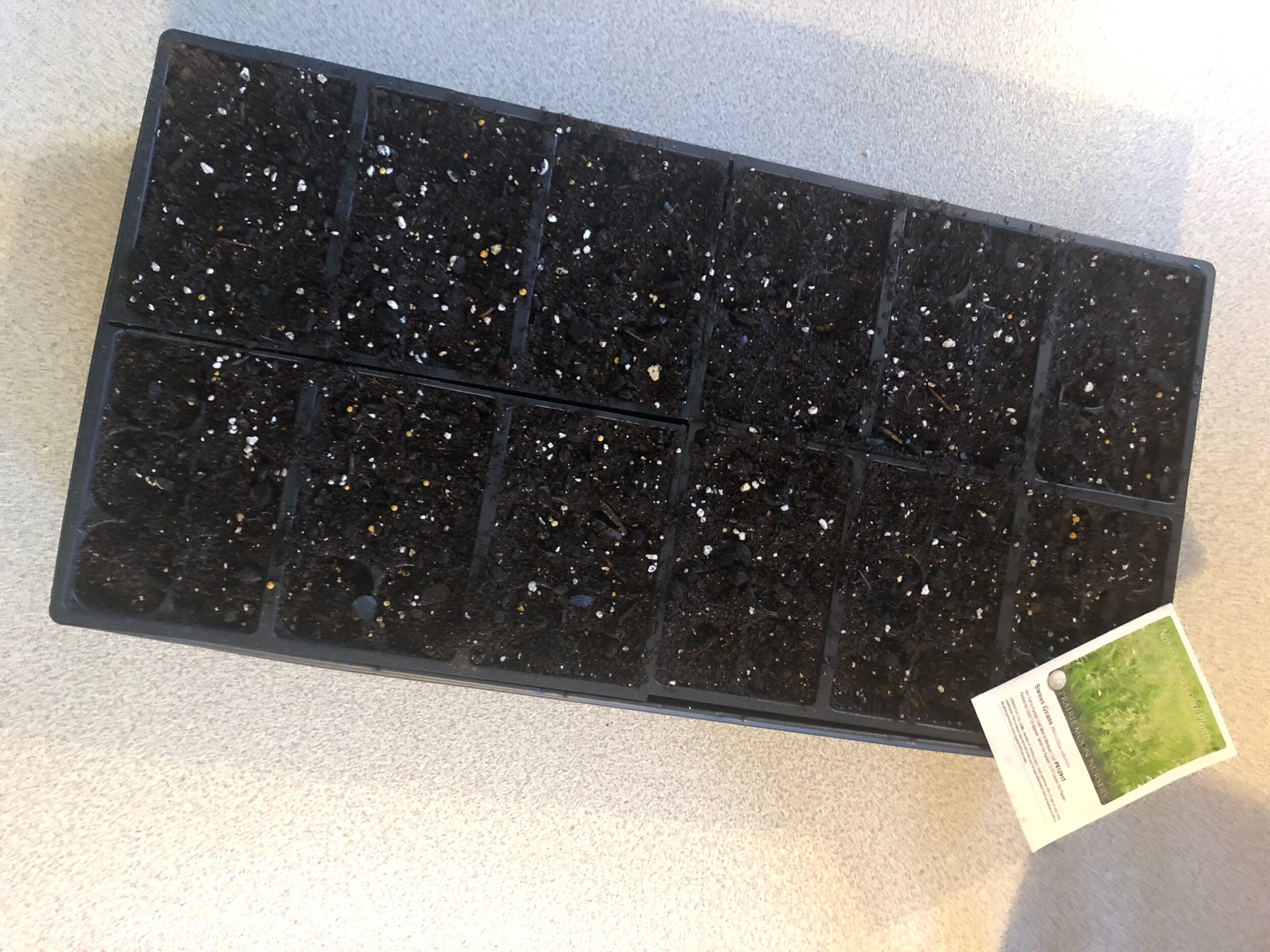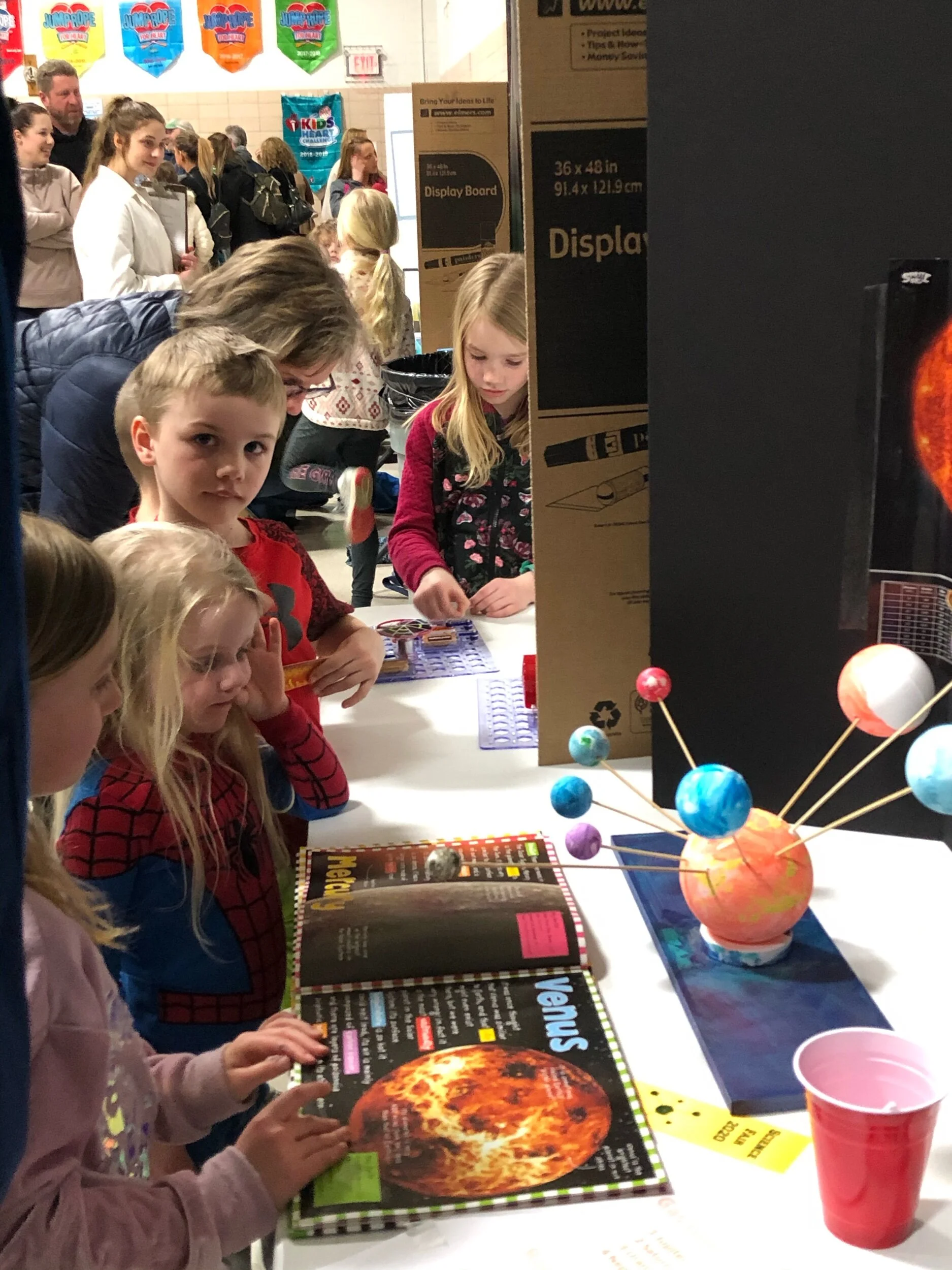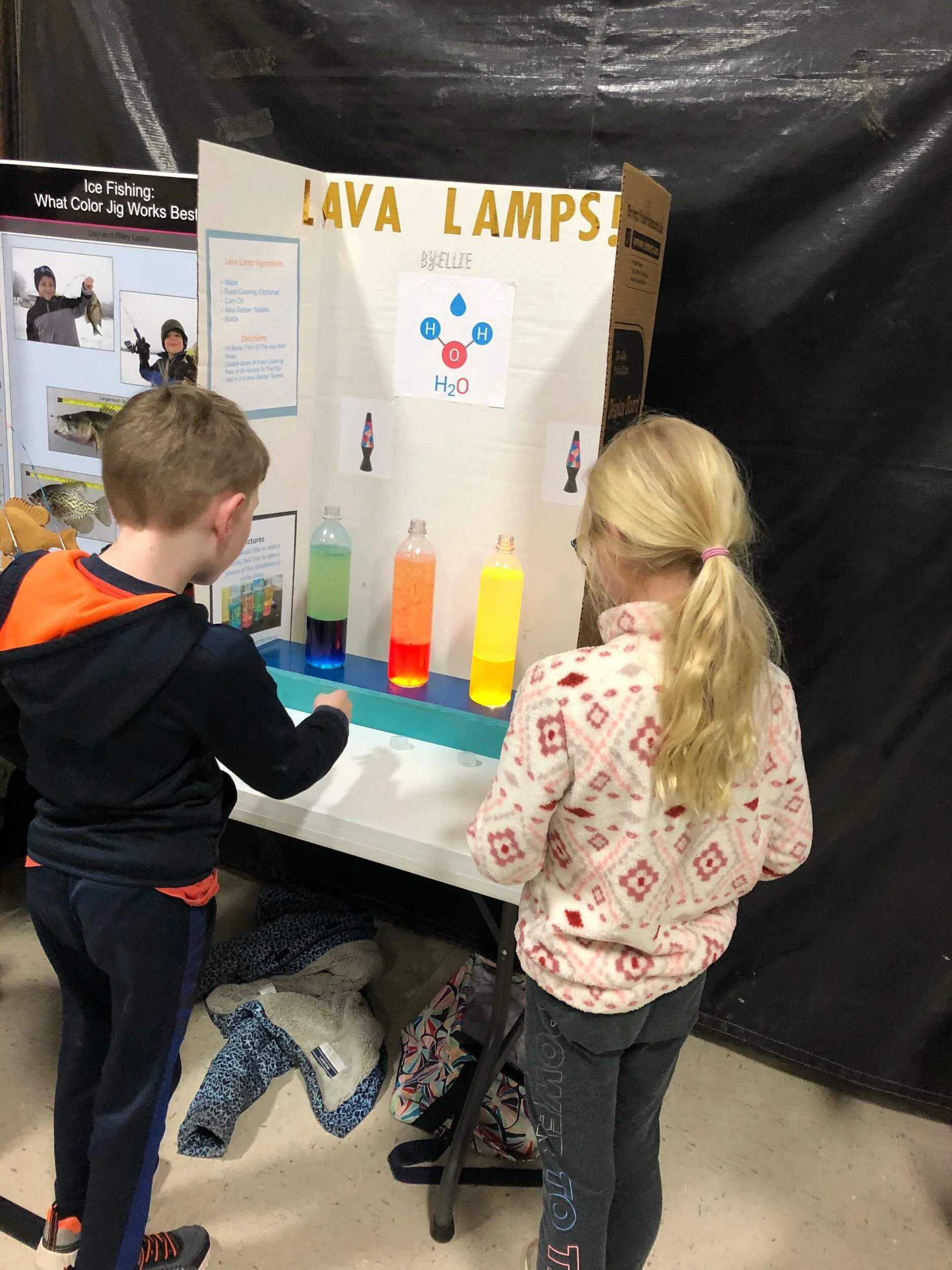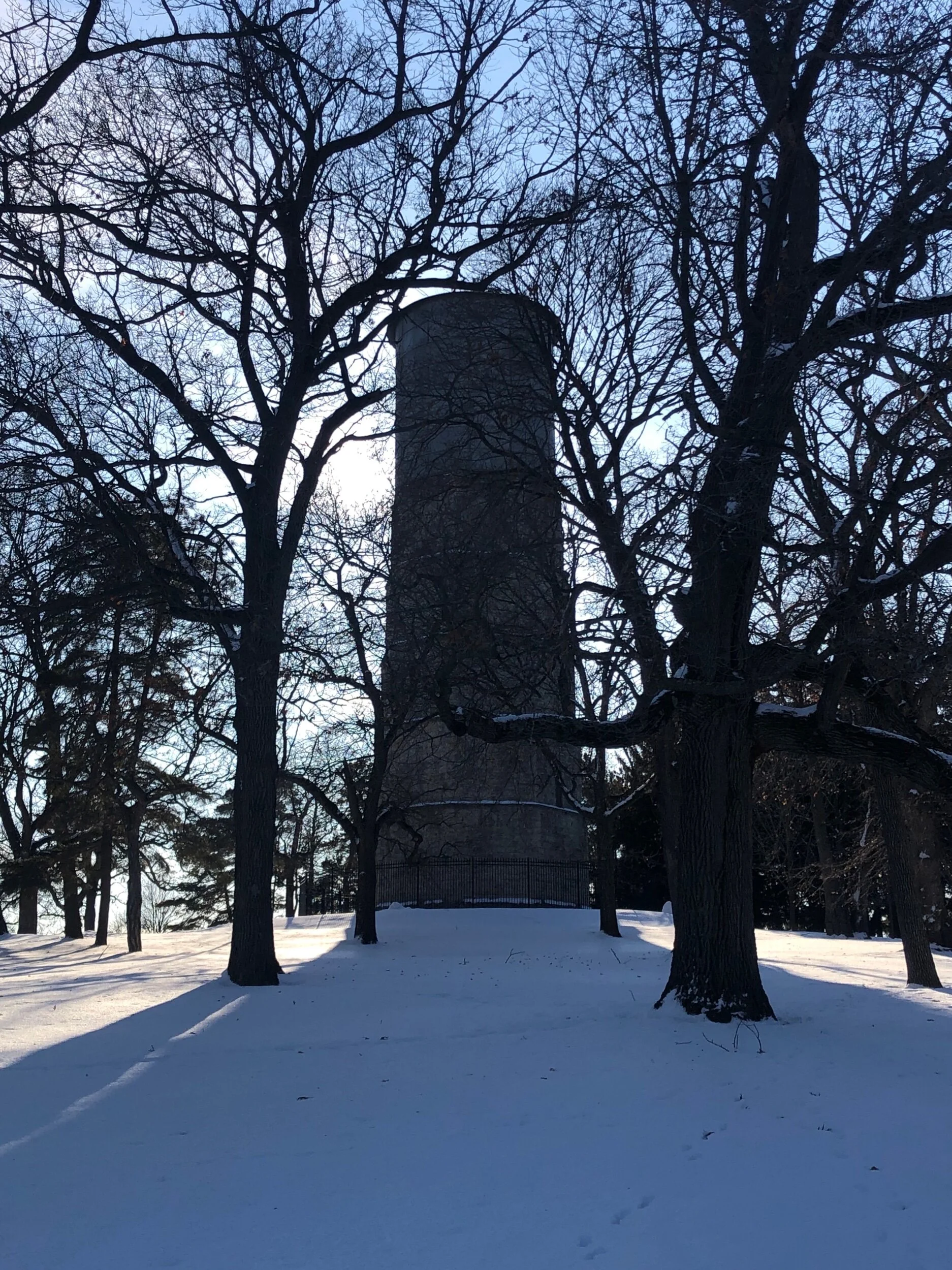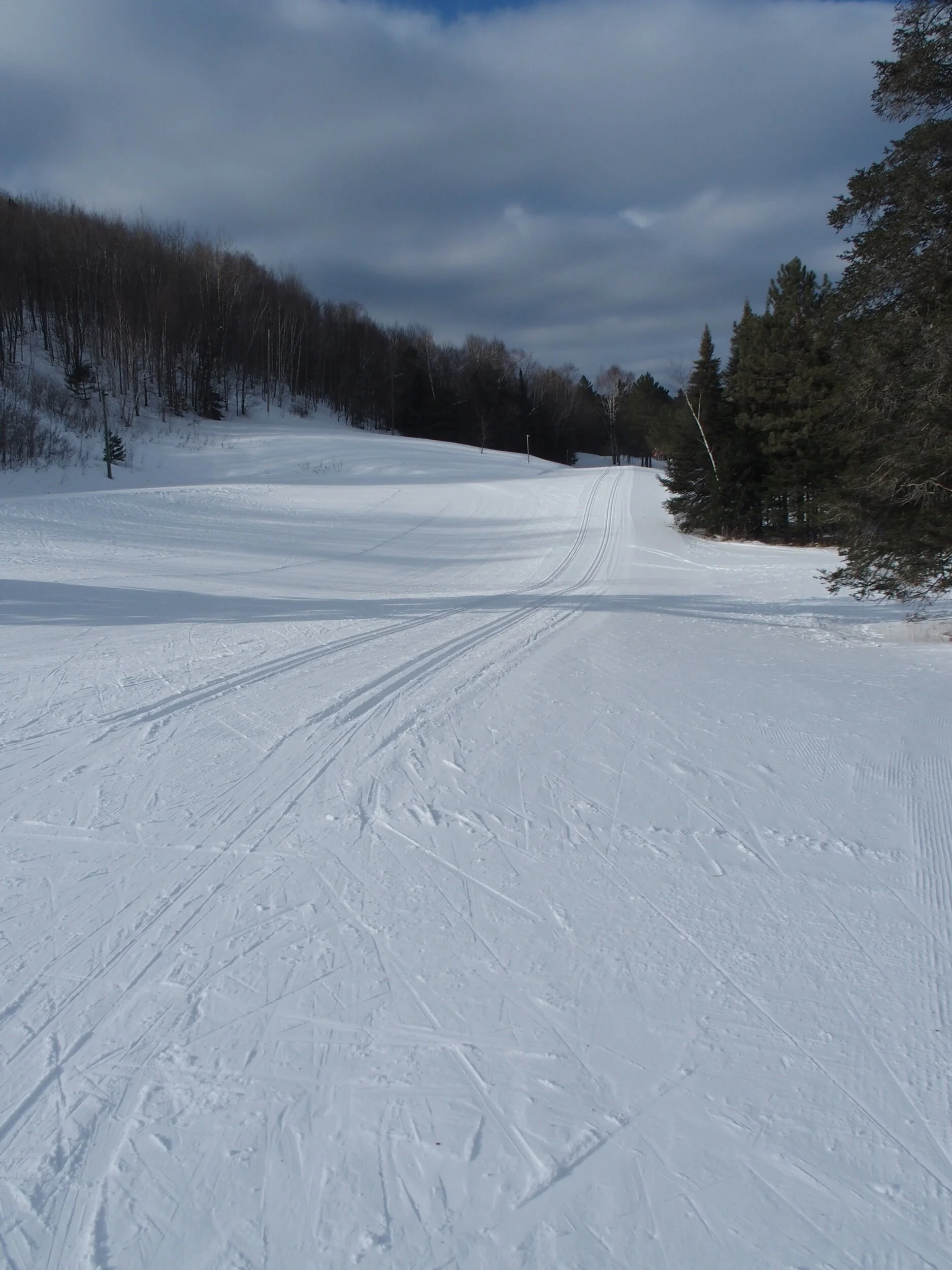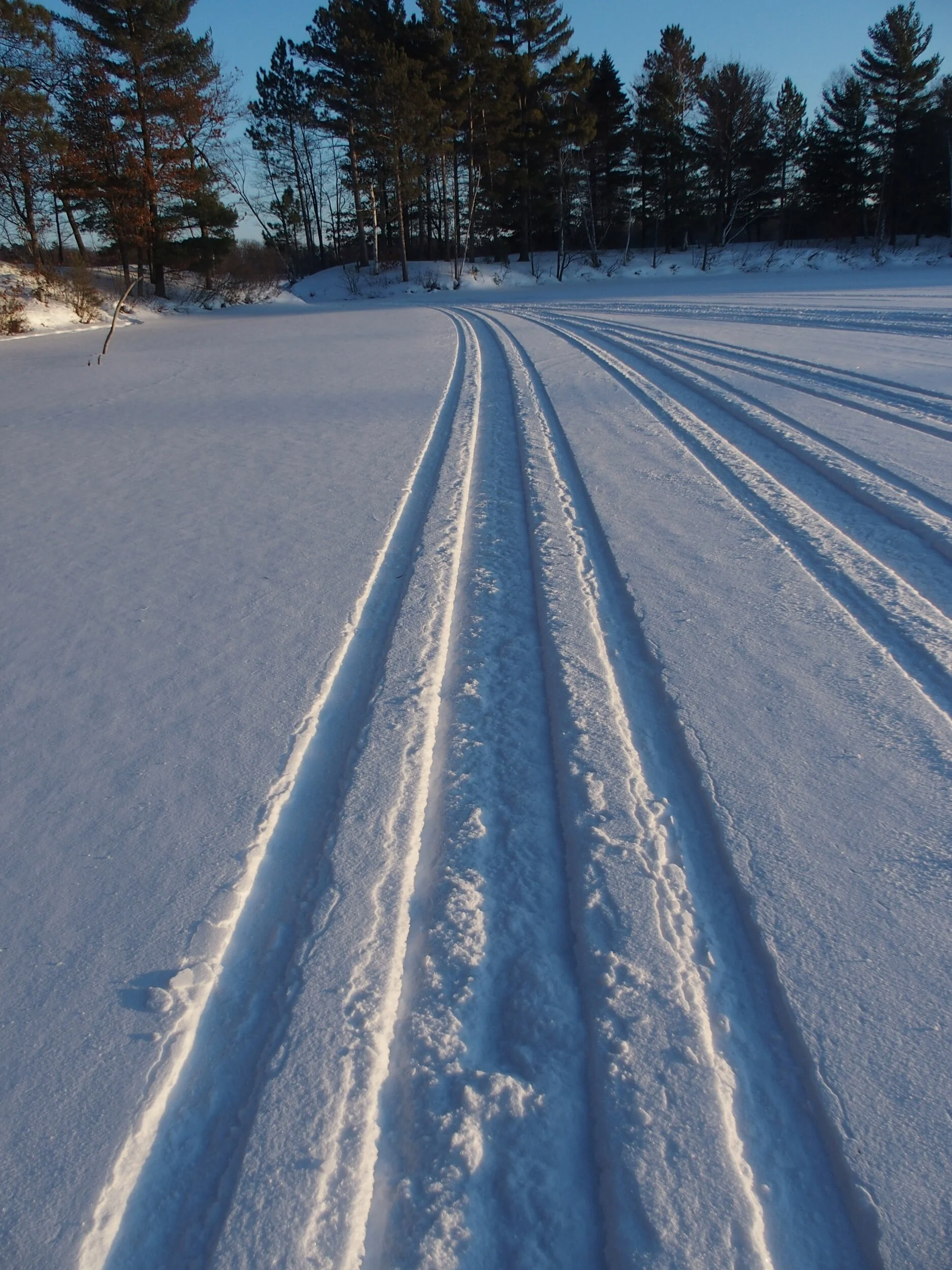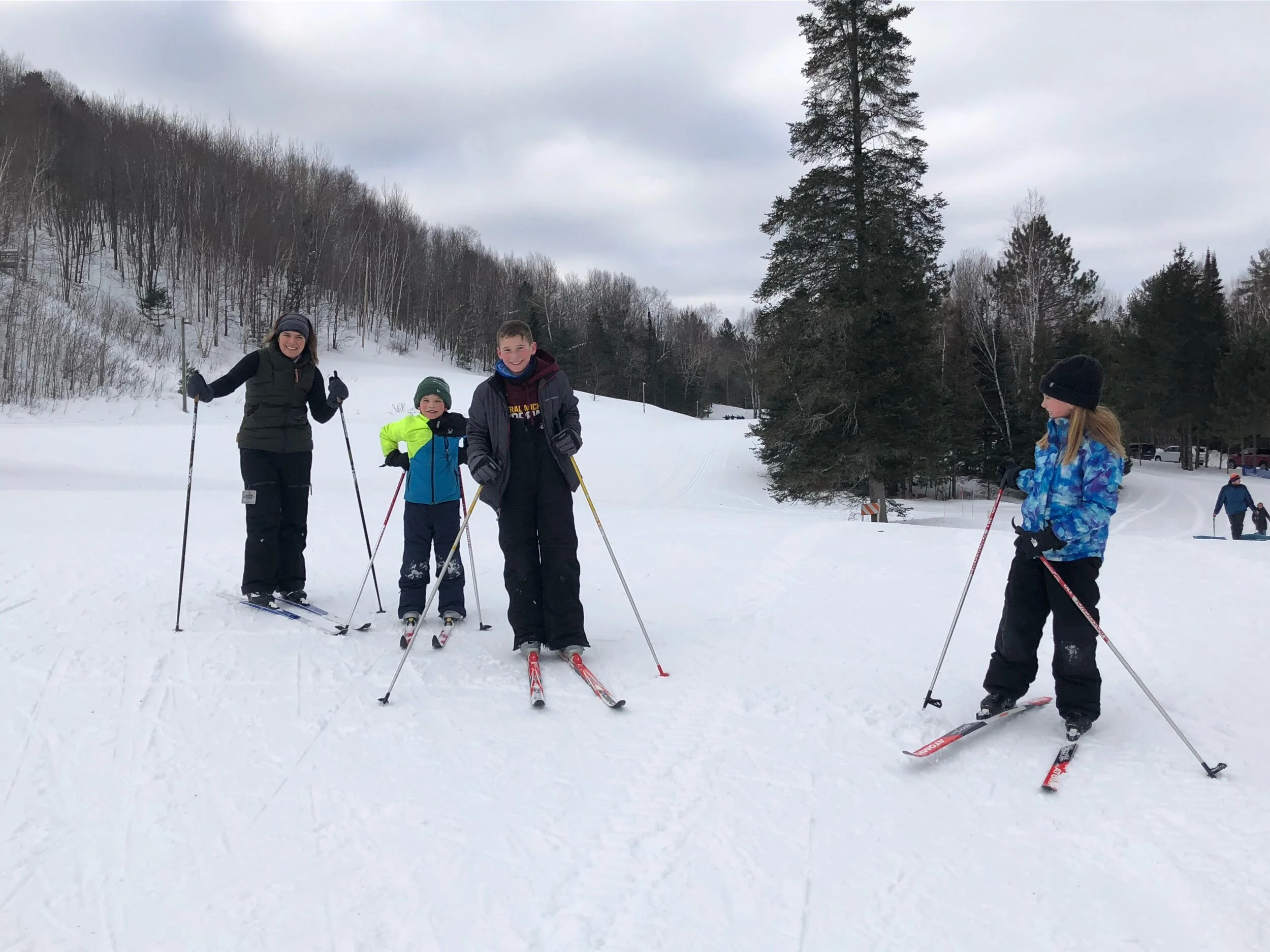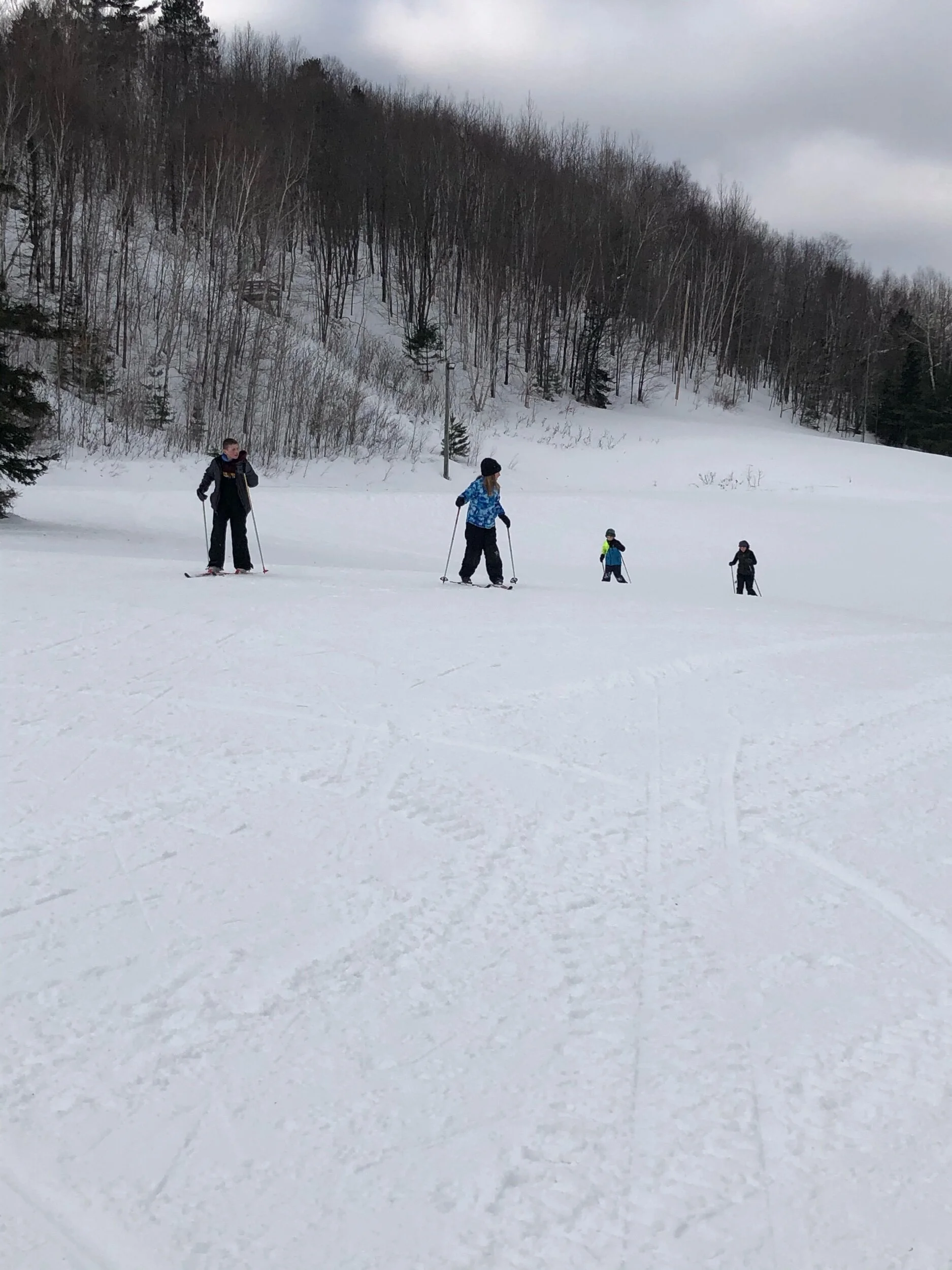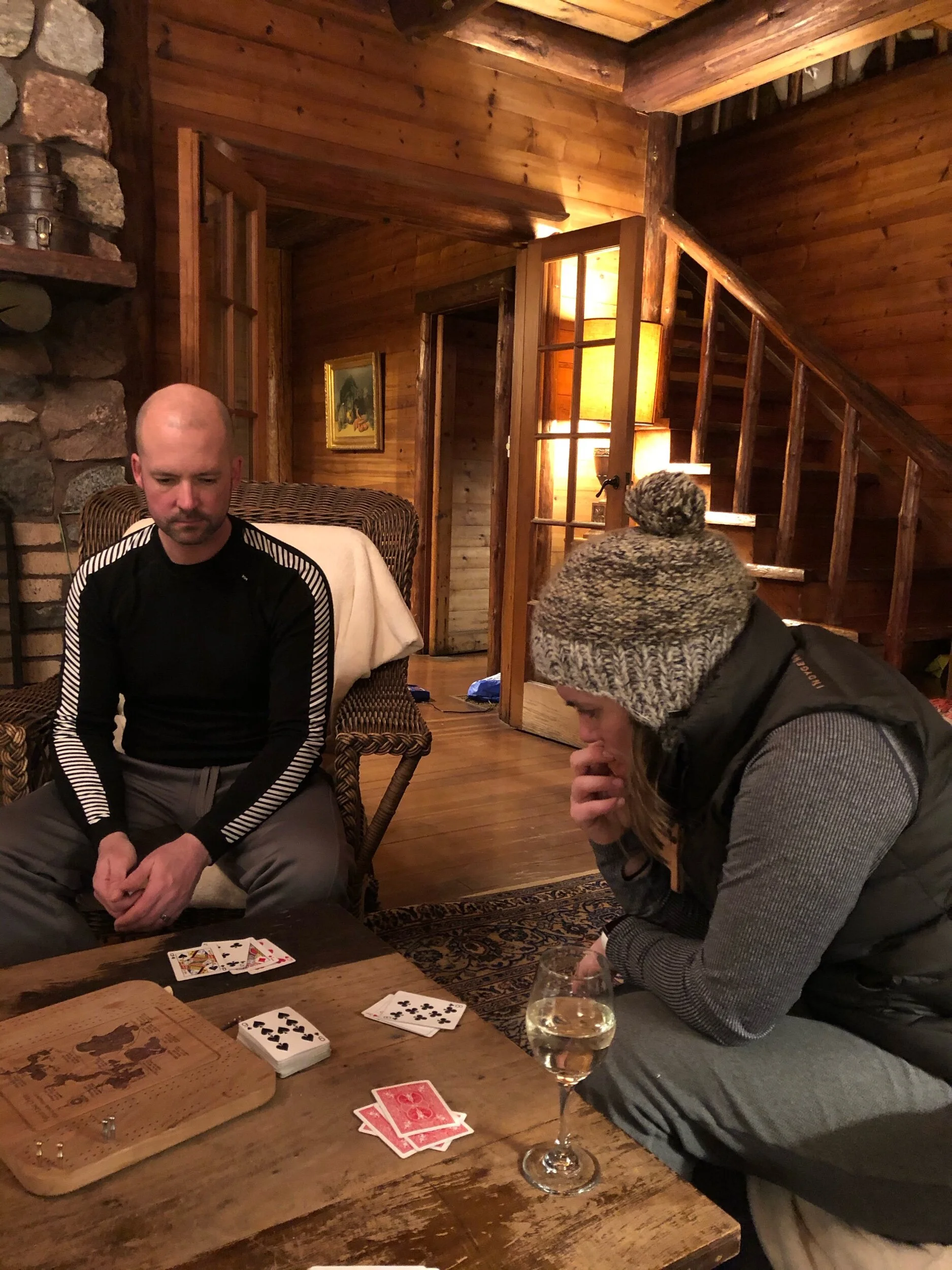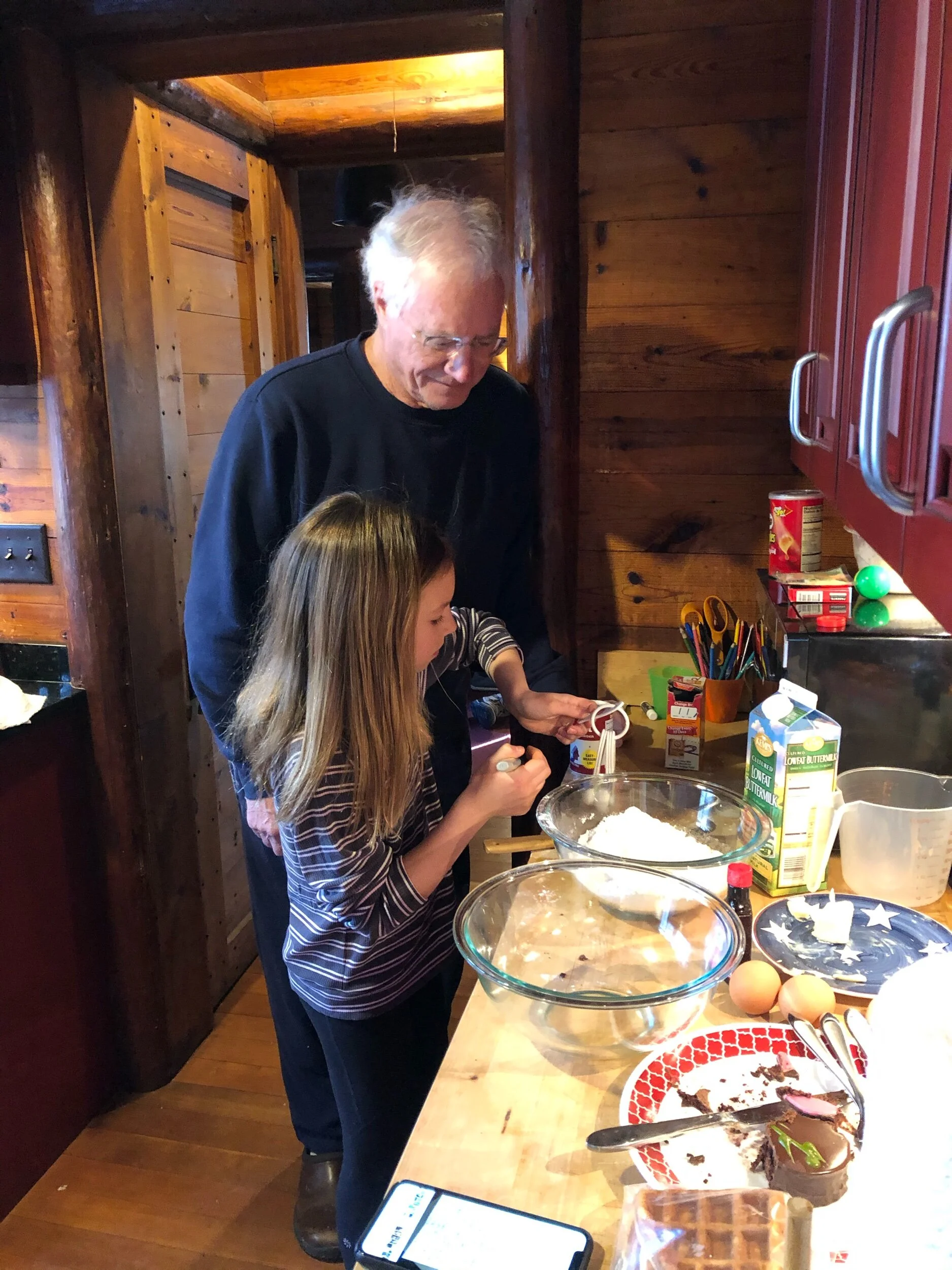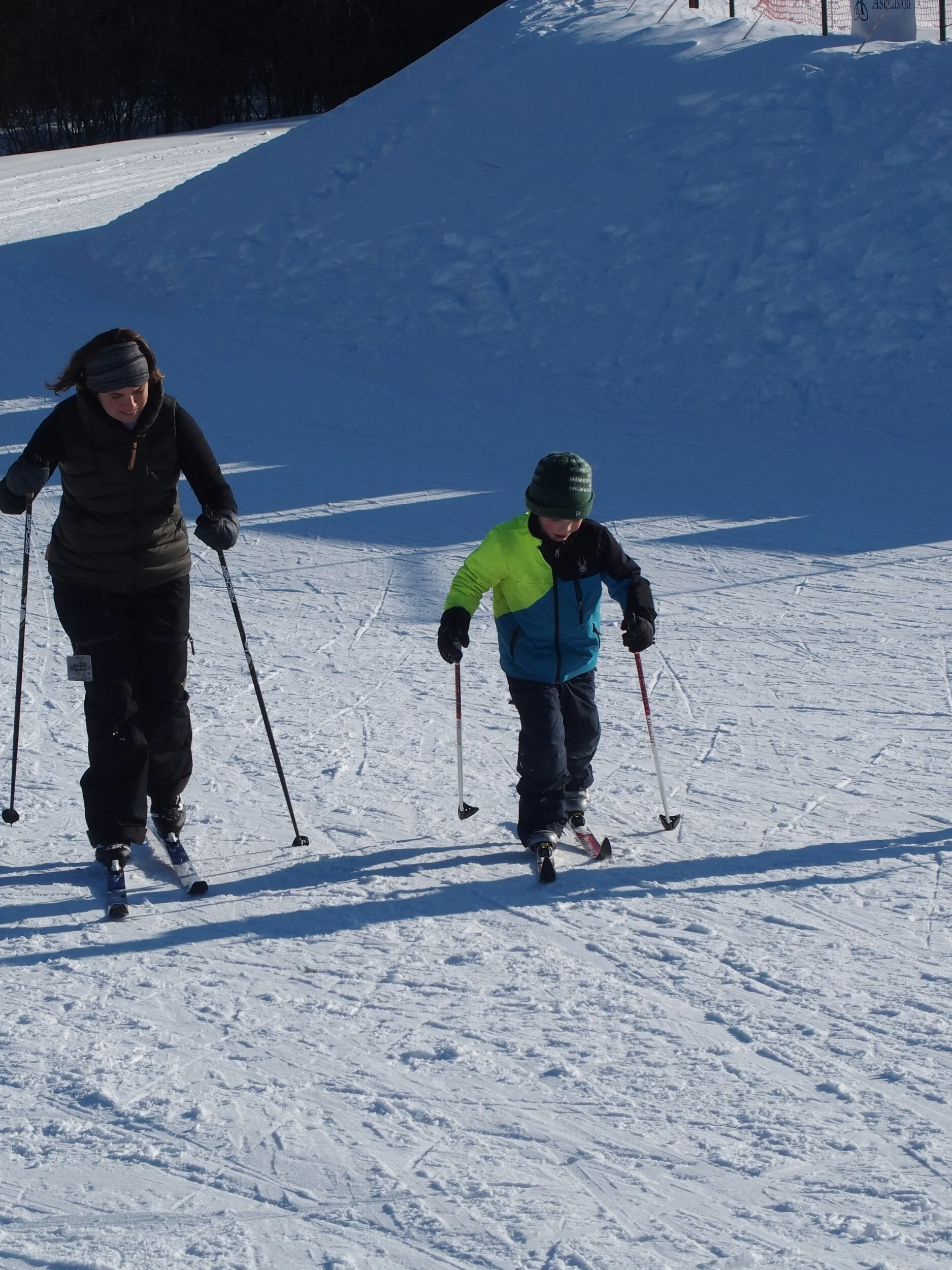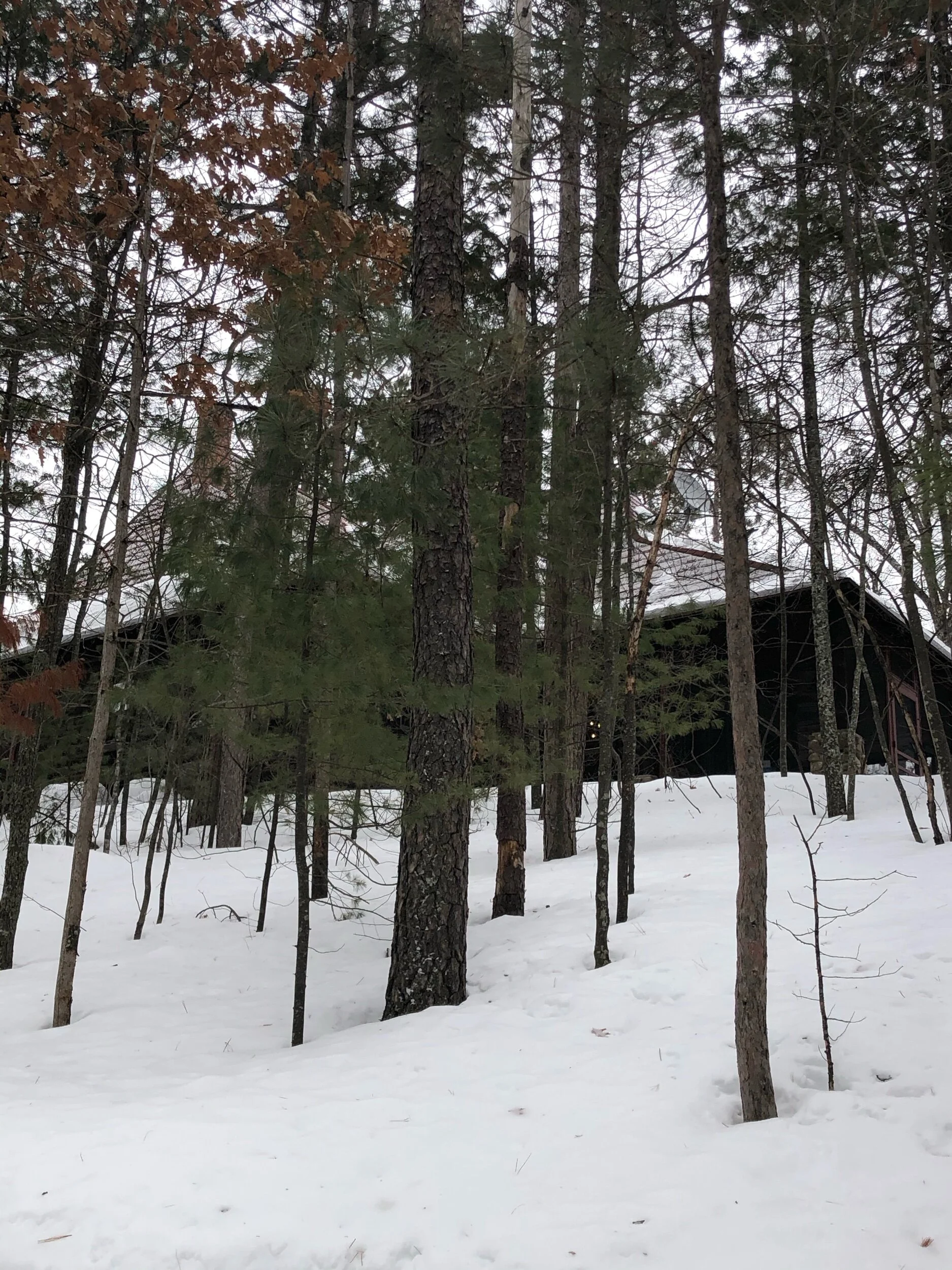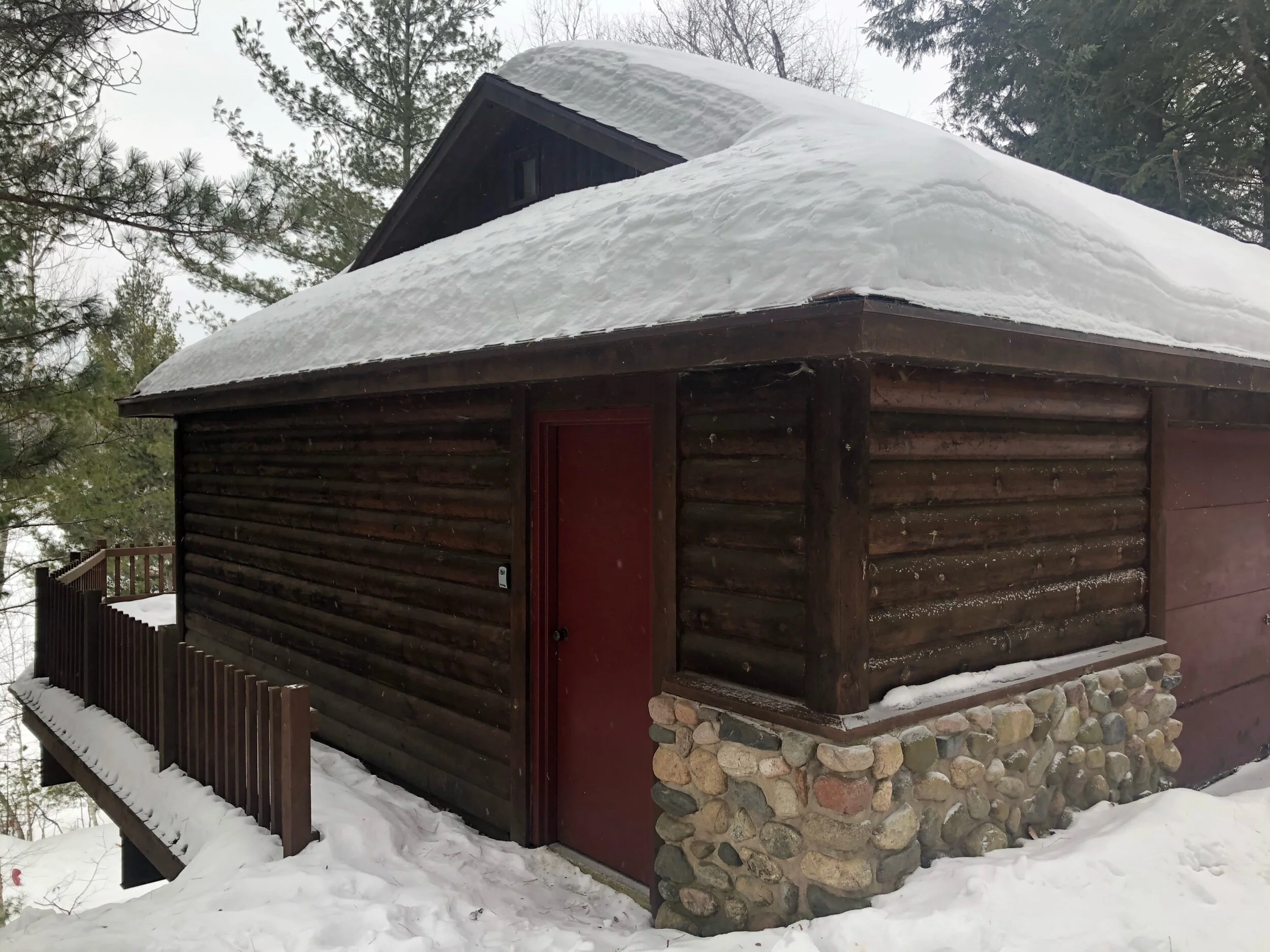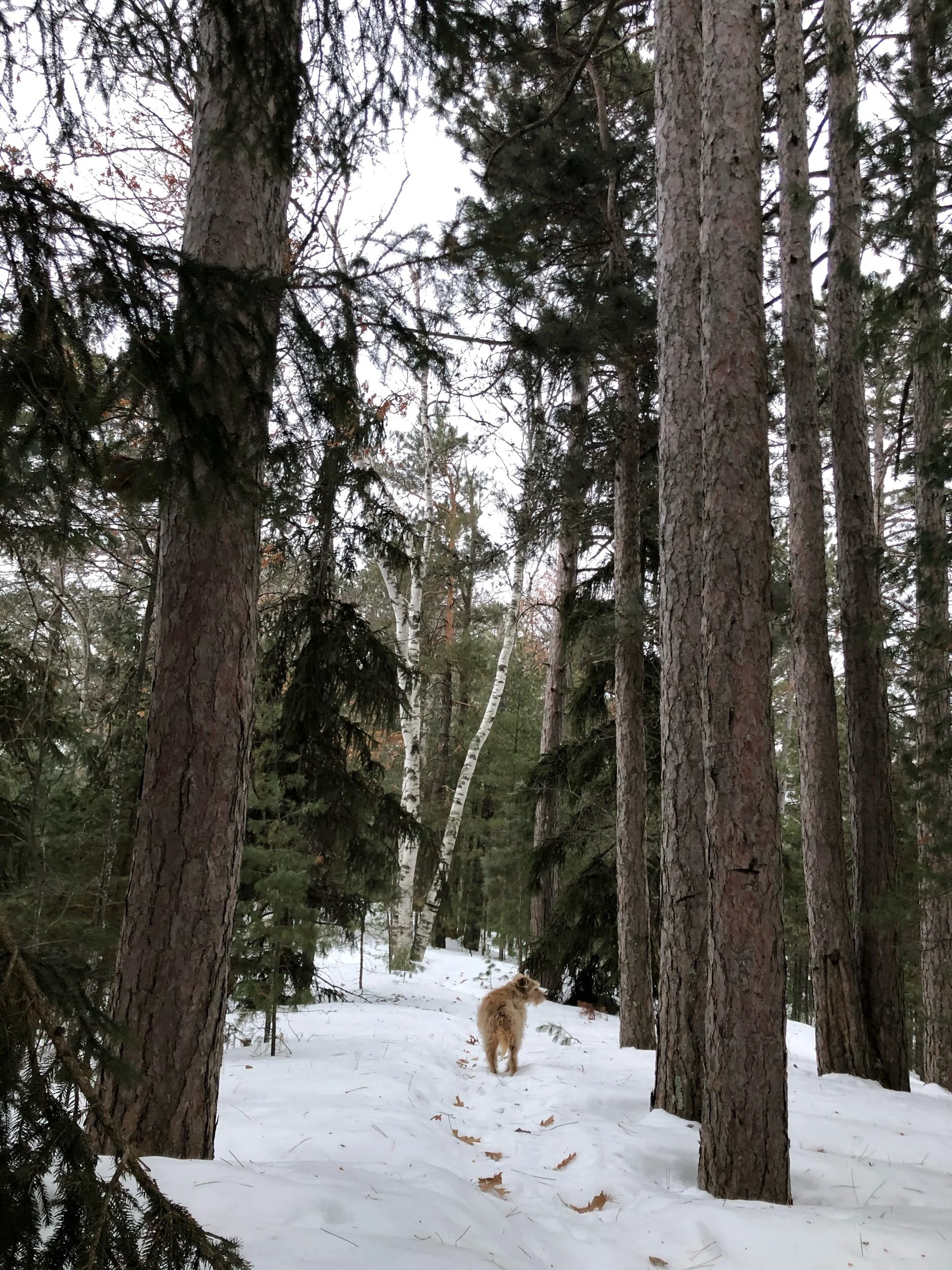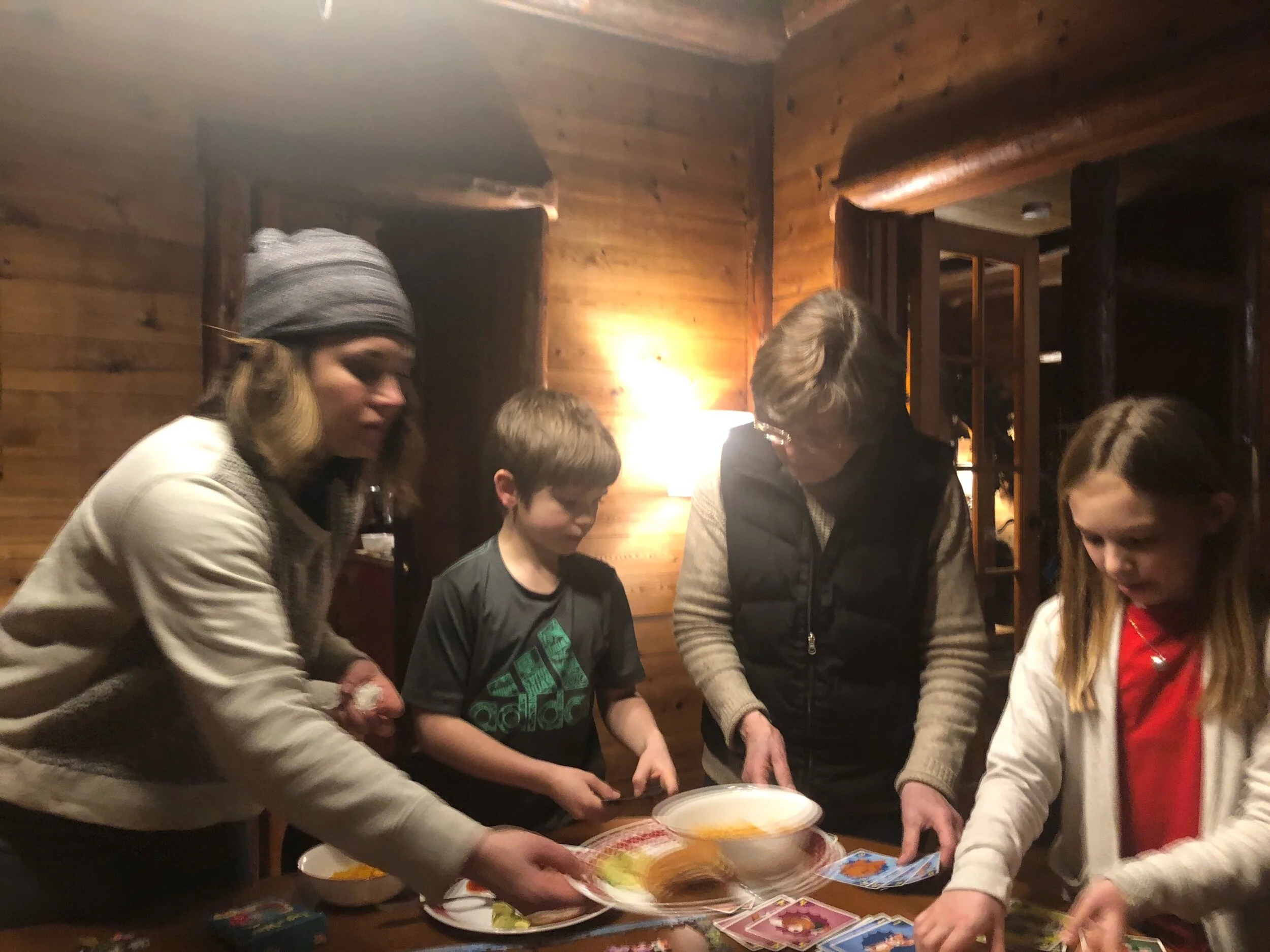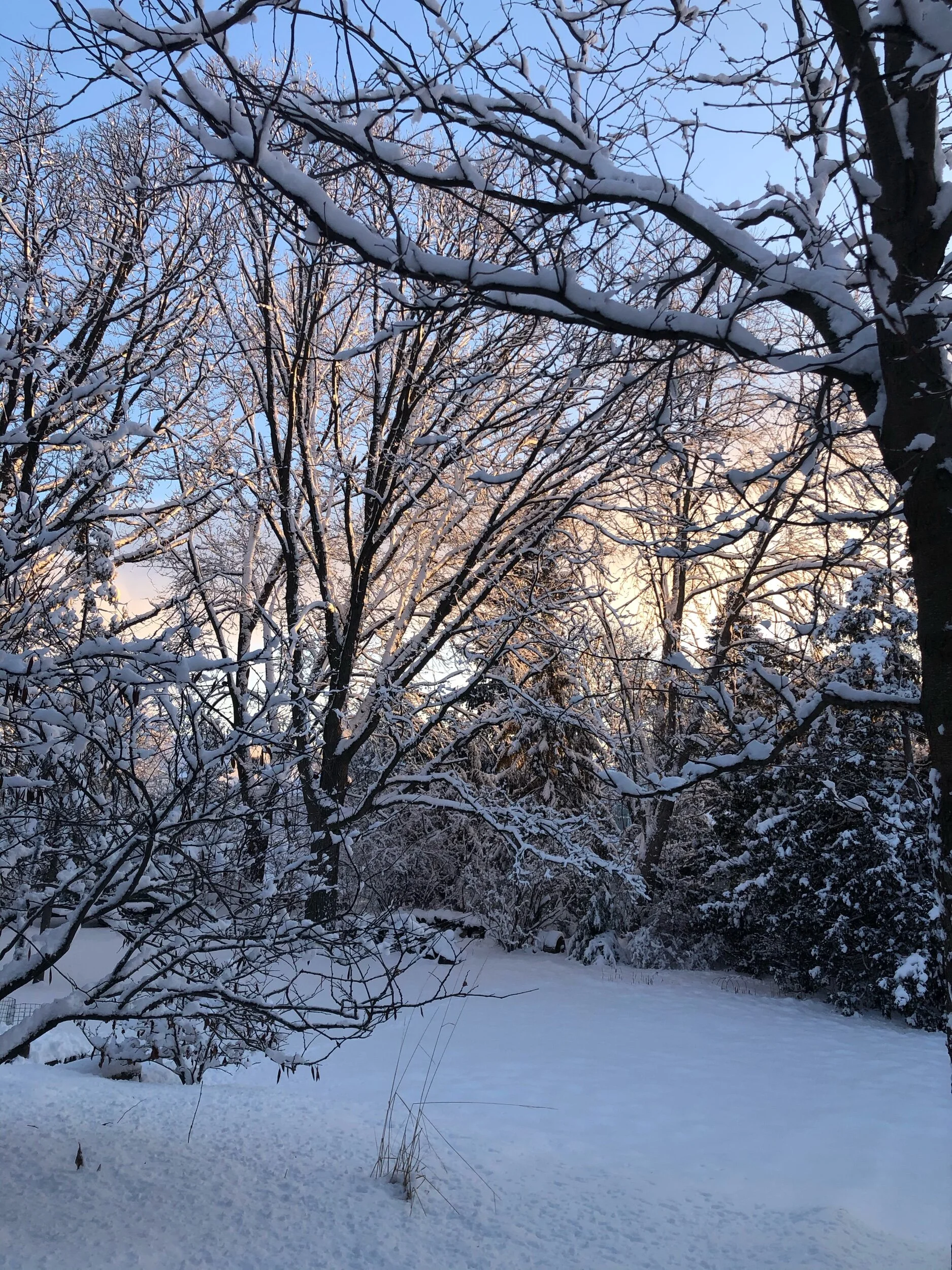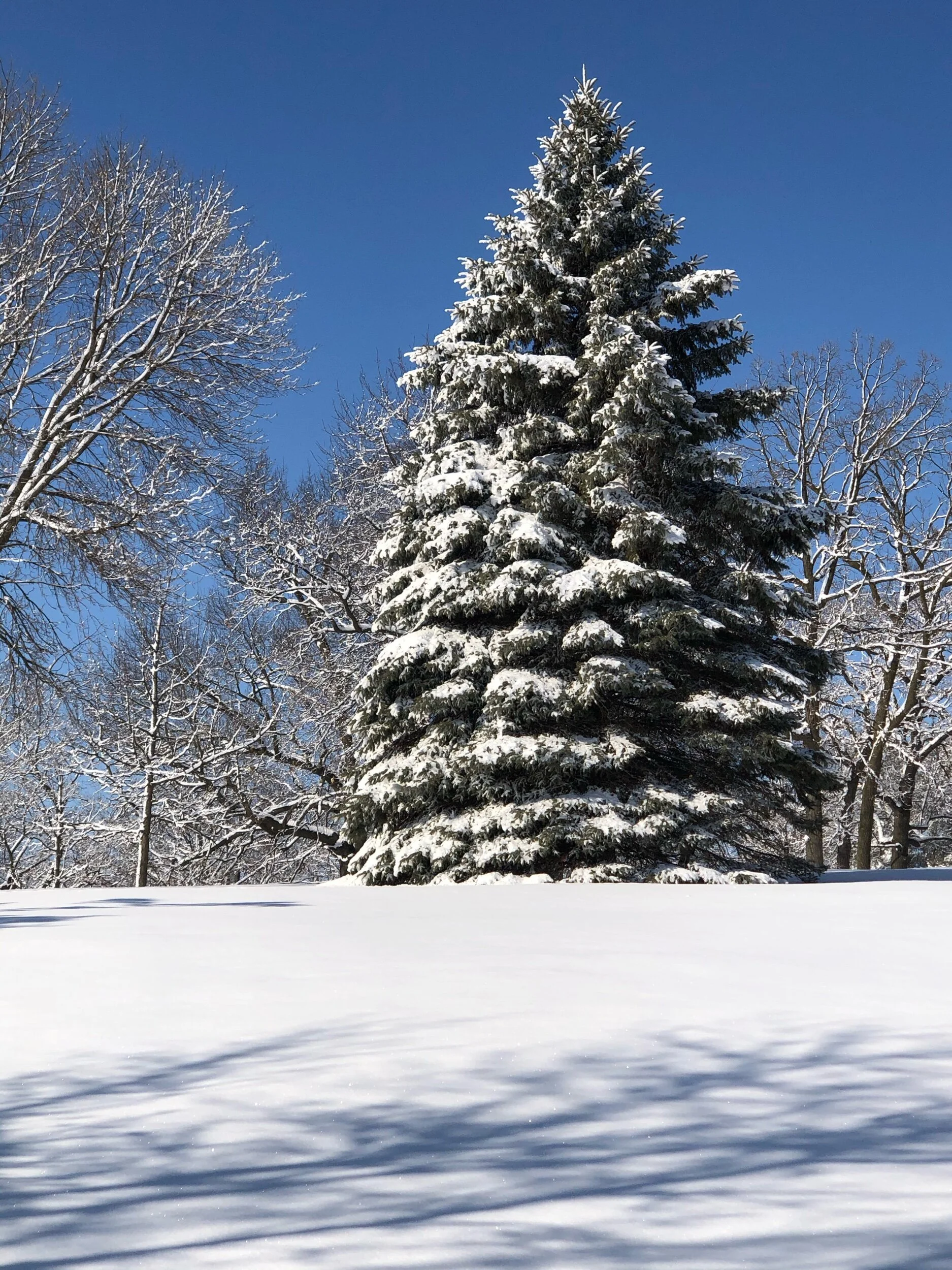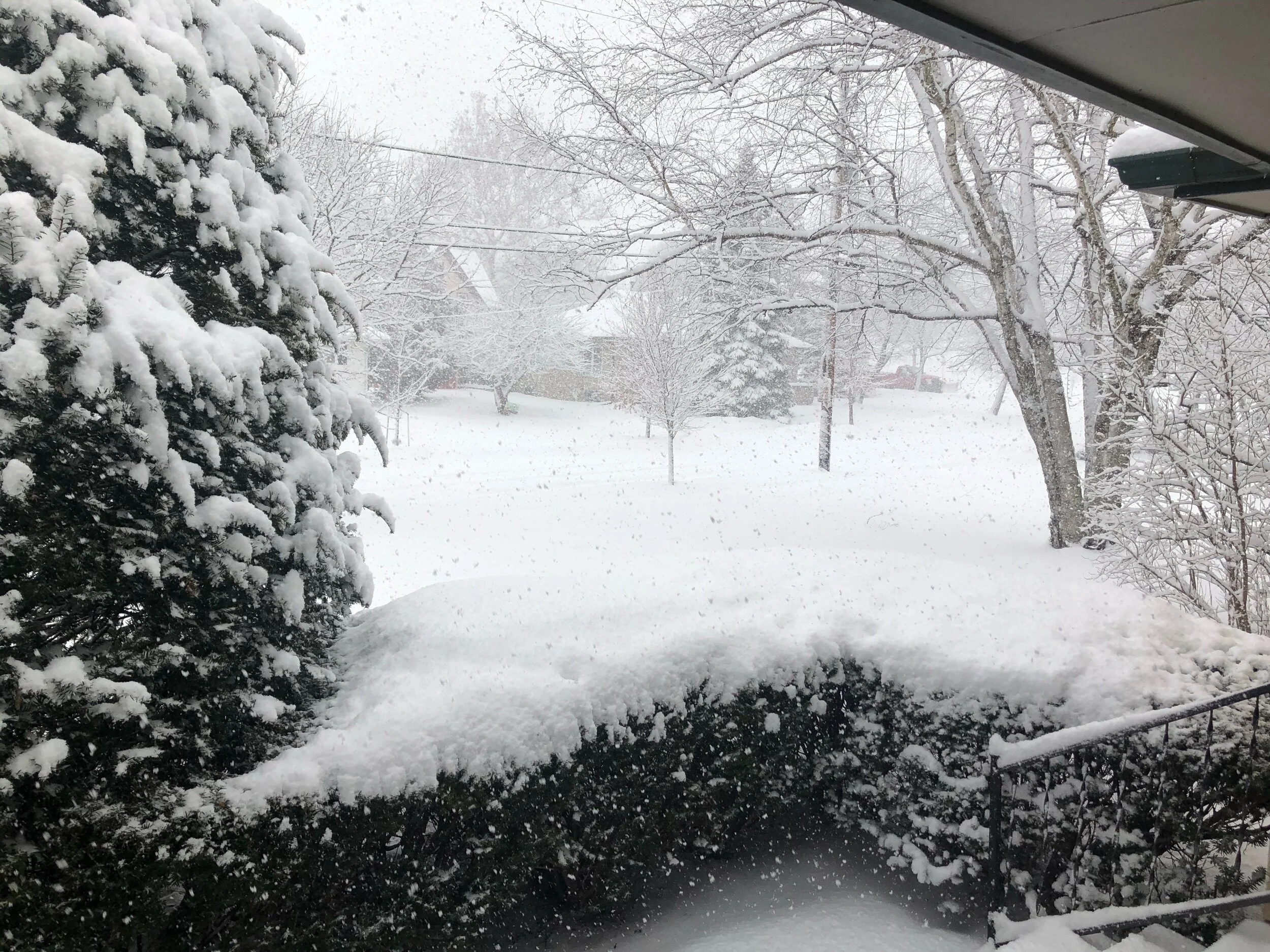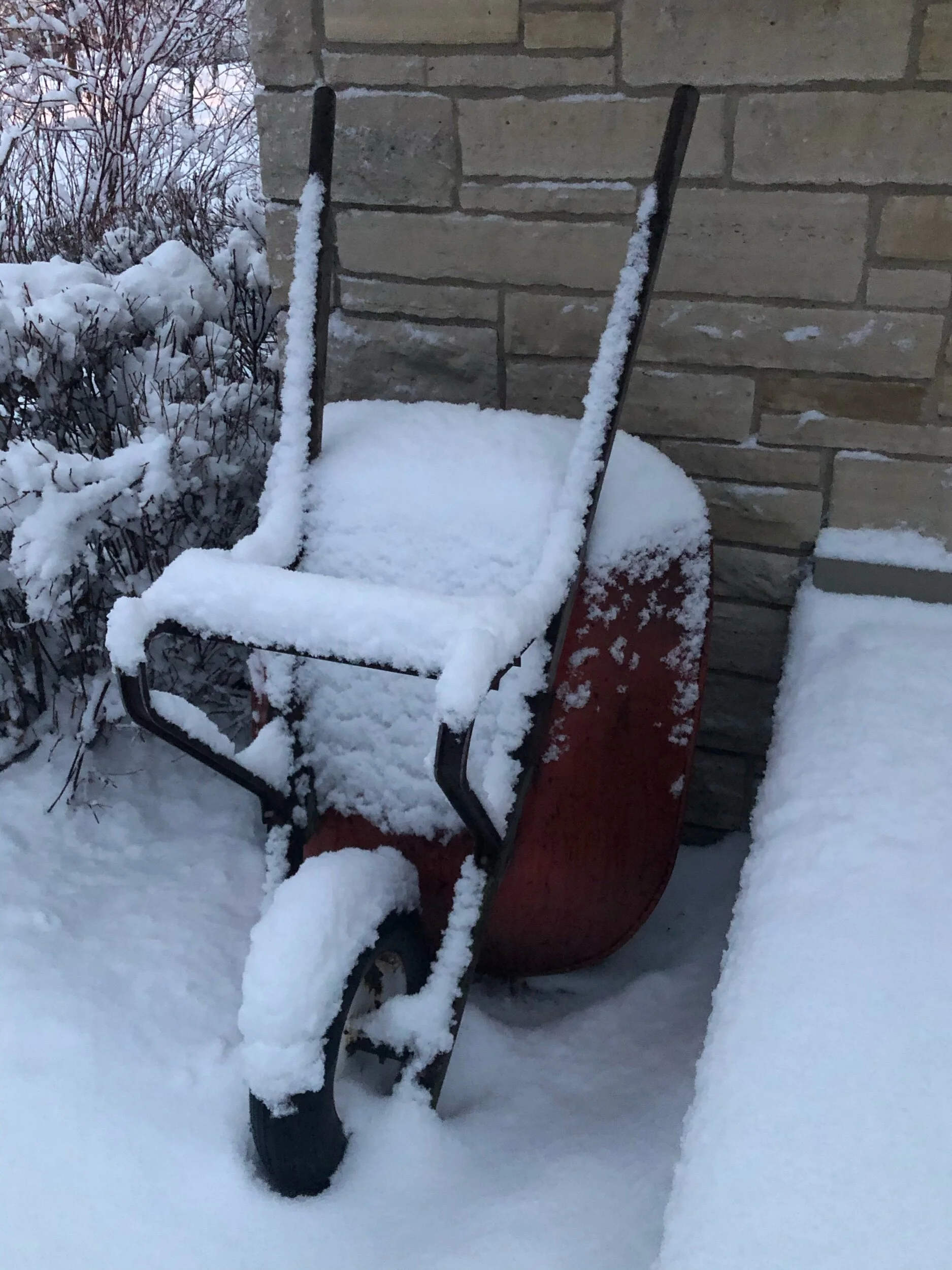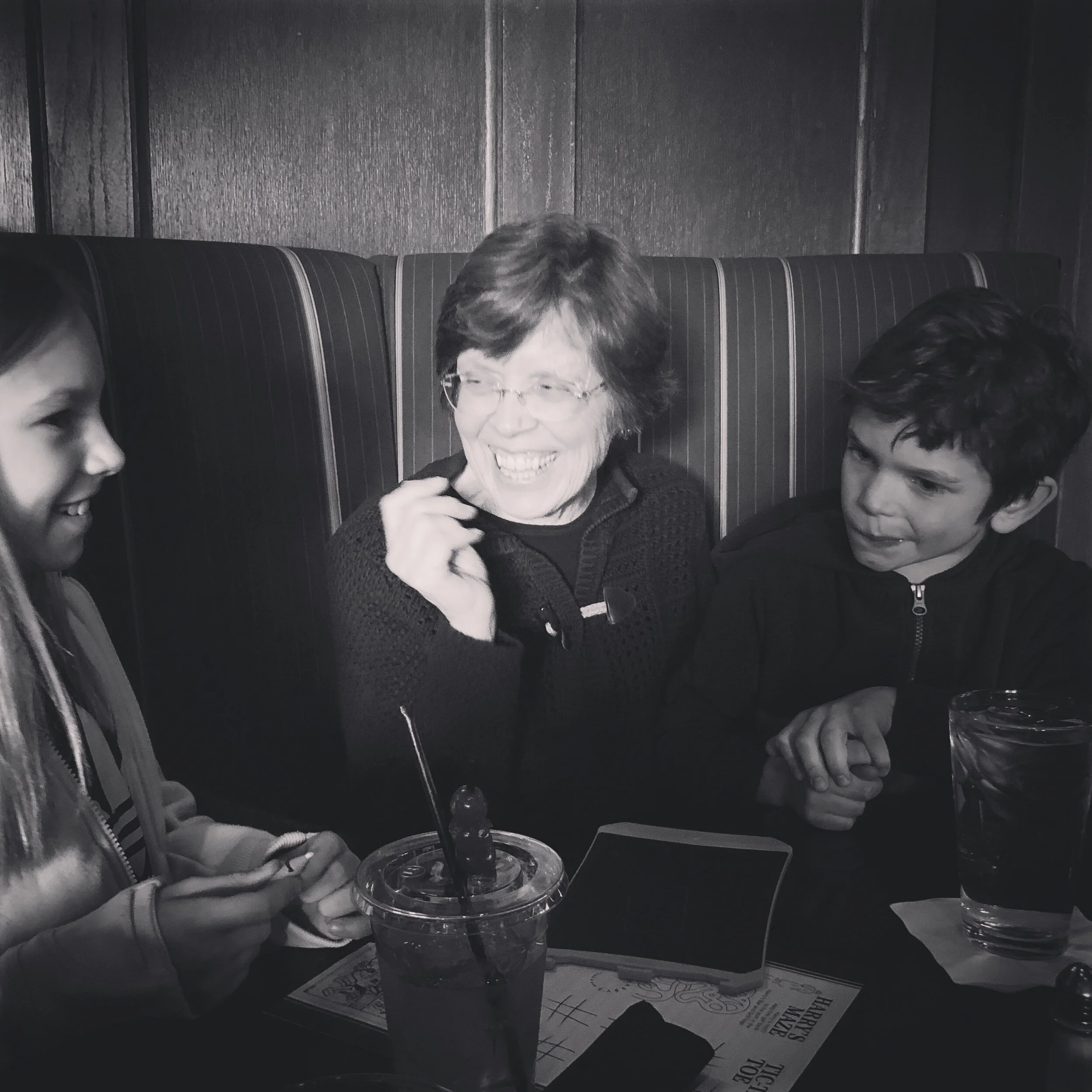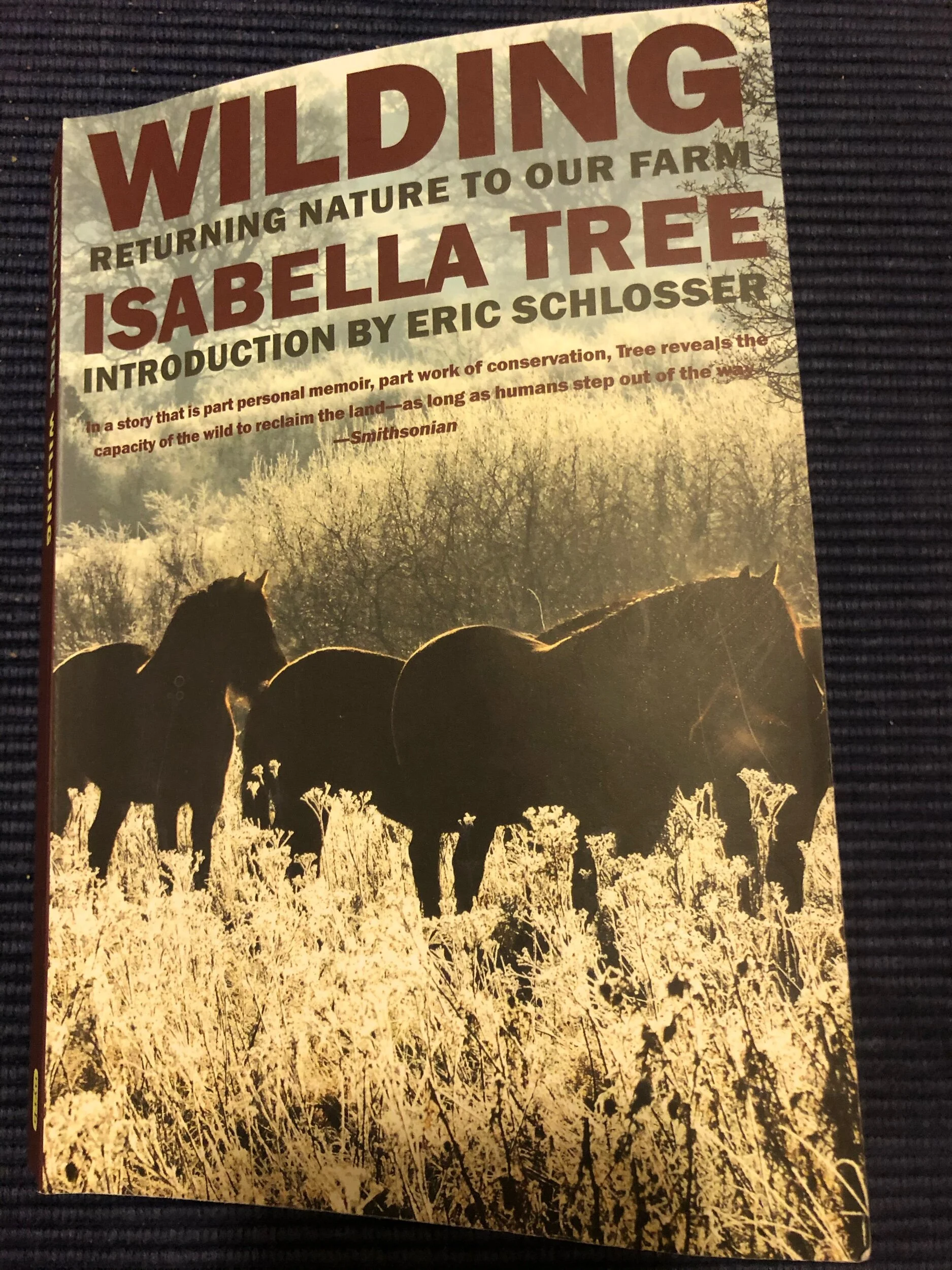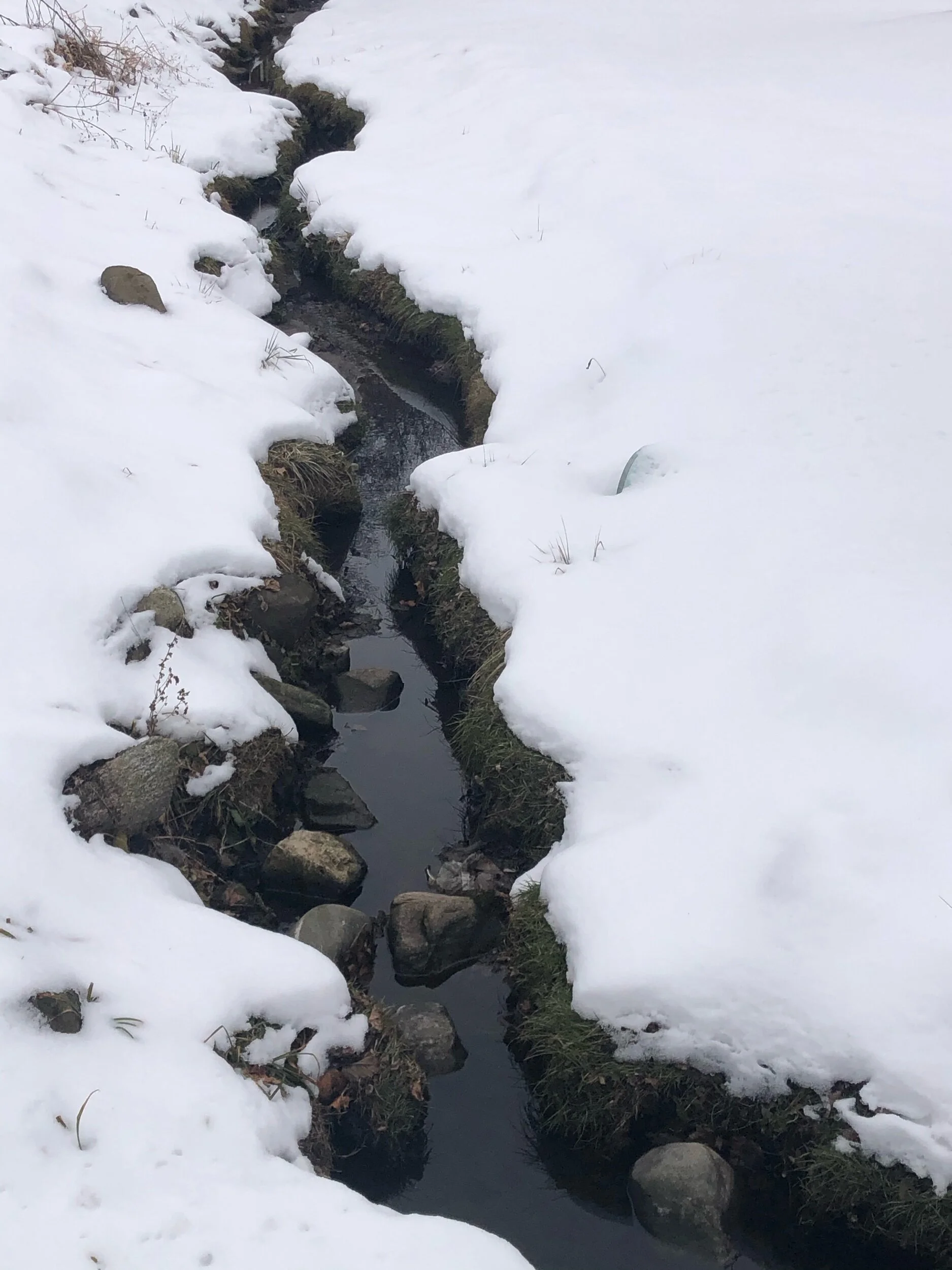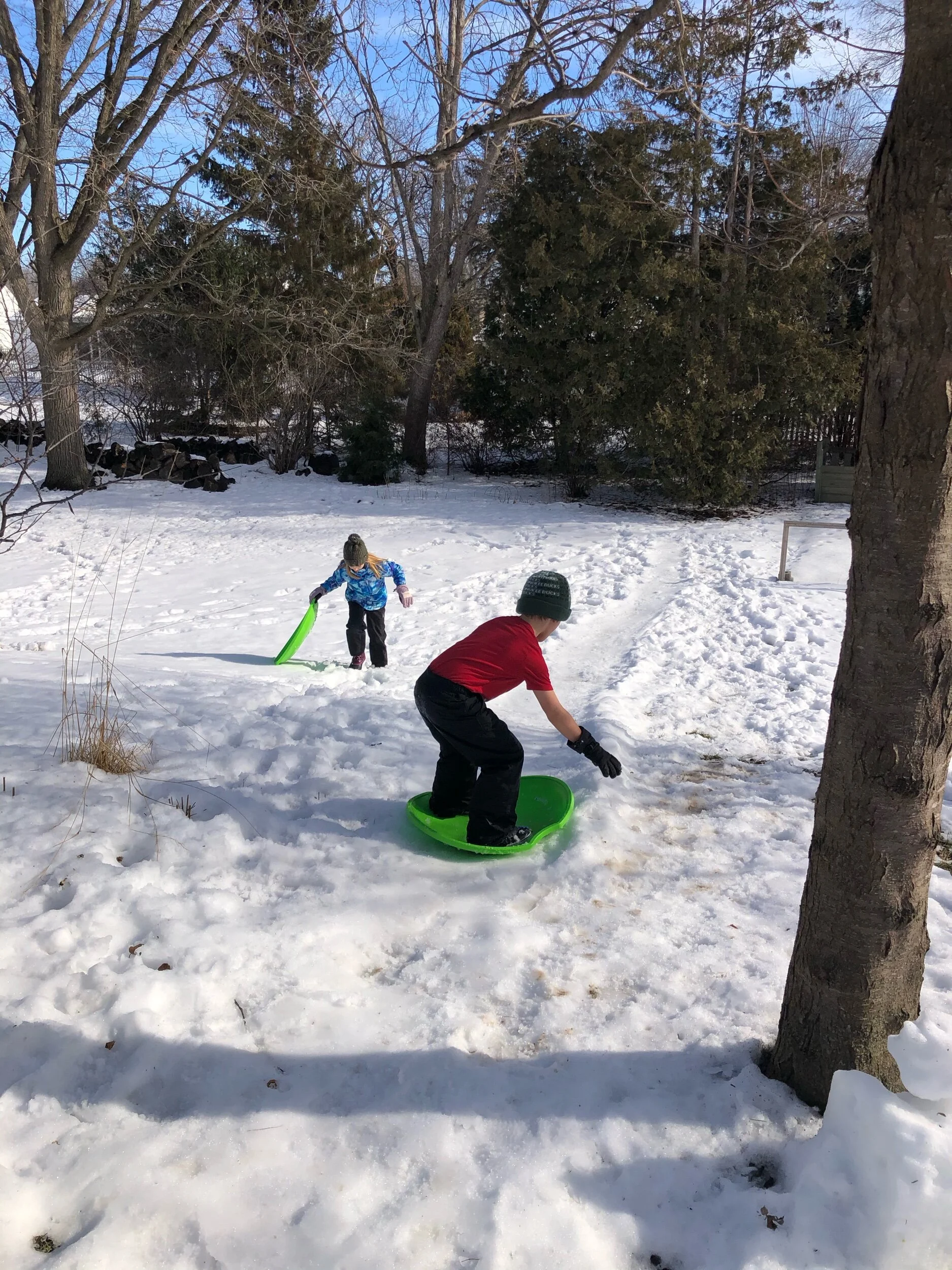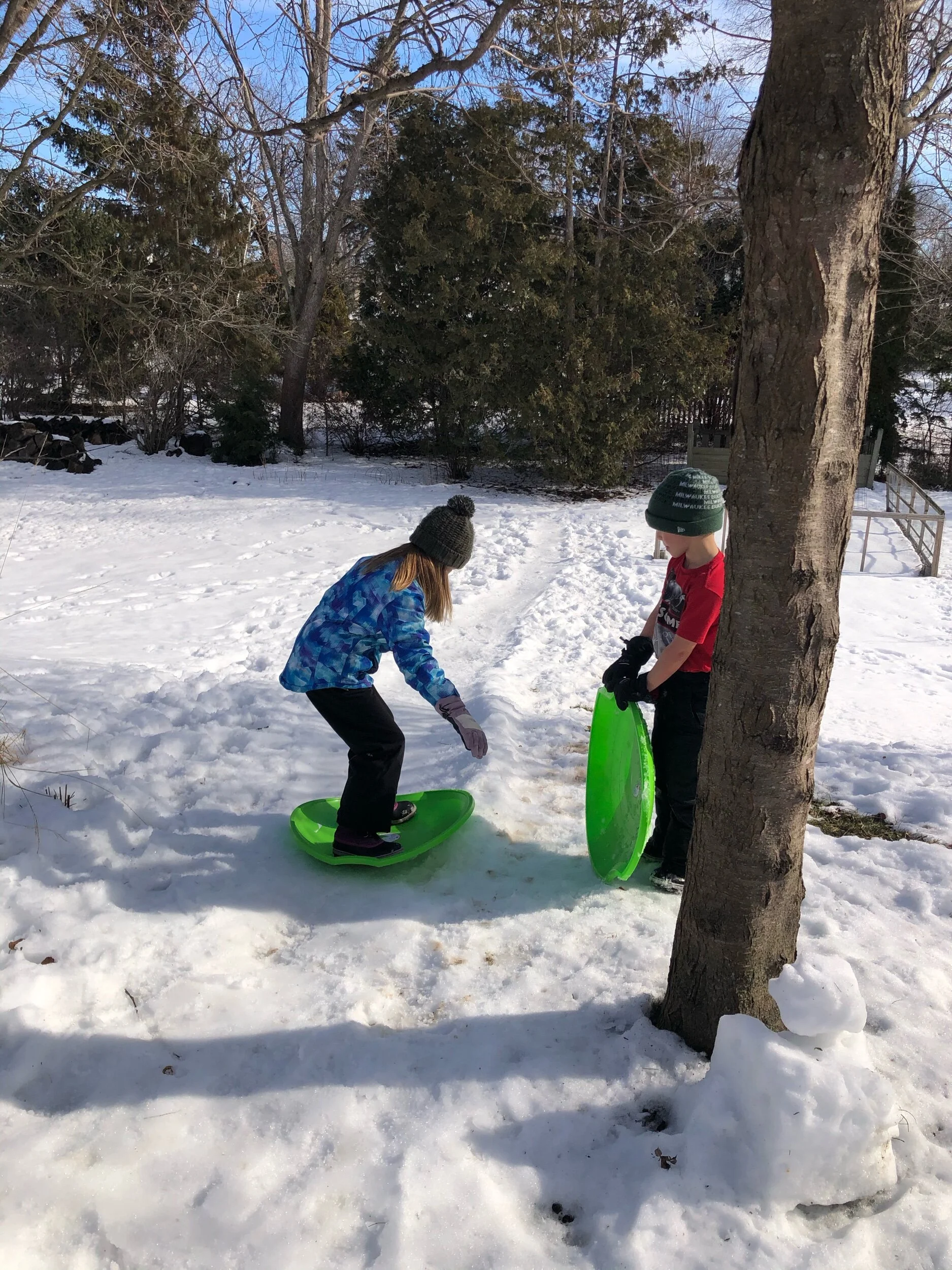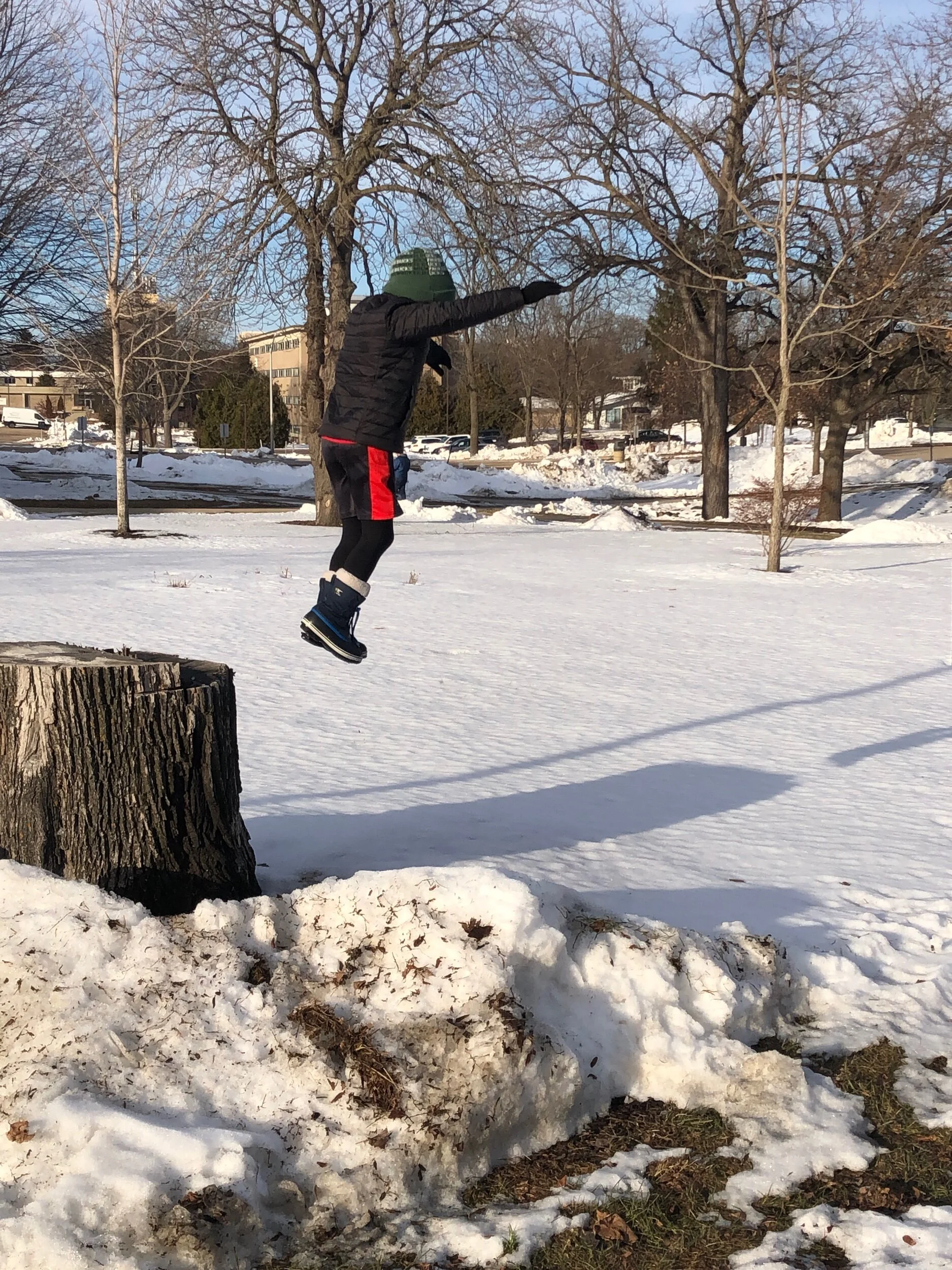Imagine putting a fence (some of it ha-ha, a design new to me) around 3,500 acres.
Here are some gleanings from the book:
The idea of natural capital…assigning a monetary value to thing like forests, clean air, and coral reefs is gaining currency.. There is a powerful, essential logic to this but…I rebel against the notion that everything has a dollar value. The wild must be commonplace again, not sequestered in parks
—paraphrase in introduction by Eric Schlosser
We need to be aware of the shifting baseline syndrome.
(Speaking personally here, the natural world I grew up in is vastly different from the natural world my grandparents grew up in, and vastly different from the natural world my grandkids are now growing up in; yet we all consider what we know as the way tings have always been.)
“The thorn bush is the mother of the oak.”
For Harvard biologist E. 0. Wilson the human connection with nature—something he calls 'biophilia', the 'rich, natural pleasure that comes from being surrounded by living organisms'—is rooted in our evolution. We have been hunter-gathers for 99 per cent of our genetic history, totally and intimately involved with the natural world. For a million years our survival depended on our ability to read the weather, the stars and the species around us, to navigate, empathize and cooperate with our environment. The need to relate to the landscape and to other forms of life—whether one considers this urge aesthetic, emotional, intellectual, cognitive or even spiritual is in our genes. Sever that connection and we are floating in a world where our deepest sense of ourselves is lost.
Crucial would be a shift in focus from specific targeted outcomes to broader ecological processes—looking at how well, or how badly, land is functioning. Instead of measuring a single service, which in the past has always been food, success could be measured through multiple services. So a system that is good at producing food but bad at water management would score poorly; and a system that scores optimally for water storage, flood mitigation, wildlife, carbon sequestration, nutrient cycling, pollination, and pollution amelioration would receive the most support.
